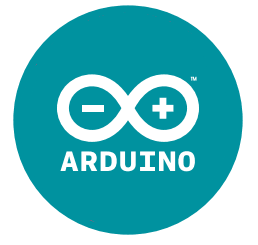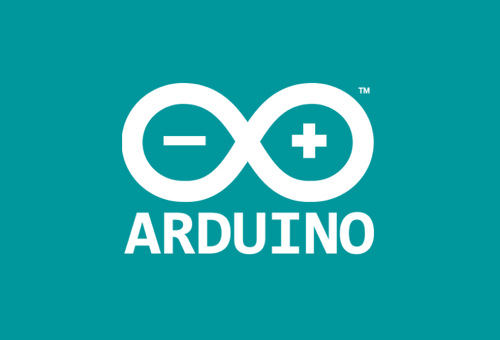Installing the IDE

Download Arduino IDE from https://www.arduino.cc/en/Main/Software. The latest version when writing this a article is 1.8.12 (https://www.arduino.cc/download_handler.php?f=/arduino-1.8.12-linux64.tar.xz).
Extract the content of the tar.xz file where you want to have your Arduino IDE, and then, execute install.sh. If there is an error, like:
$ ./install.sh
Adding desktop shortcut, menu item and file associations for Arduino IDE...
ln: failed to create symbolic link '/usr/local/bin/arduino': Permission denied
Adding stry to re run the script as root
$ sudo ./install.sh Installing the USB drivers
There are mainly two types of USB chips that may be used as Serial to USB converters, one from FTDI and the other one from SiLabs. In order to find out which chip your ESP32 board has, disconnect the board from your PC and run lsusb.
$ lsusb
Bus 002 Device 002: ID 0bda:0411 Realtek Semiconductor Corp. 4-Port USB 3.0 Hub
Bus 002 Device 001: ID 1d6b:0003 Linux Foundation 3.0 root hub
Bus 001 Device 002: ID 046d:c534 Logitech, Inc. Unifying Receiver
Bus 001 Device 010: ID 0bda:5411 Realtek Semiconductor Corp. 4-Port USB 2.0 Hub
Bus 001 Device 004: ID 8087:0aaa Intel Corp.
Bus 001 Device 003: ID 048d:8297 Integrated Technology Express, Inc. ITE Device(8595)
Bus 001 Device 001: ID 1d6b:0002 Linux Foundation 2.0 root hub
Then, connect the board and repeat the command.
$ lsusb
Bus 002 Device 002: ID 0bda:0411 Realtek Semiconductor Corp. 4-Port USB 3.0 Hub
Bus 002 Device 001: ID 1d6b:0003 Linux Foundation 3.0 root hub
Bus 001 Device 002: ID 046d:c534 Logitech, Inc. Unifying Receiver
Bus 001 Device 012: ID 10c4:ea60 Cygnal Integrated Products, Inc. CP2102/CP2109 UART Bridge Controller [CP210x family]
Bus 001 Device 010: ID 0bda:5411 Realtek Semiconductor Corp. 4-Port USB 2.0 Hub
Bus 001 Device 004: ID 8087:0aaa Intel Corp.
Bus 001 Device 003: ID 048d:8297 Integrated Technology Express, Inc. ITE Device(8595)
Bus 001 Device 001: ID 1d6b:0002 Linux Foundation 2.0 root hub
The new device, in this case a CP210x (Cygnal Integrated CP2102 / CP2109 UART Bridge Controller [CP210x family], is your ESP32 board.
Bus 001 Device 012: ID 10c4:ea60 Cygnal Integrated Products, Inc. CP2102/CP2109 UART Bridge Controller [CP210x family]Install USB driver for your board.
- If the chip is a SiLabs CP210x refer to https://www.silabs.com/products/development-tools/software/usb-to-uart-bridge-vcp-drivers
- If the chip is a FTDI refer to https://www.ftdichip.com/FTDrivers.htm (may already be included in your Linux distribution
Adding ESP32 Boards to Arduino IDE
Arduino IDE does not support ESP32 boards (and many other 3rd party boards) by default. But adding an additional board to Arduino IDE, in this case, an ESP32 board is as easy as:
- Start Arduino IDE and open Preferences window
- In Additional Board Manager URLs, add the following link:
https://raw.githubusercontent.com/espressif/arduino-esp32/gh-pages/package_esp32_index.json- You can add several board definitions, separating URLs with comma
- Open Boards Manager from Tools; Boards; and install the ESP32 platform.
- After installation, select your ESP32 board from Tools; Board menu.







